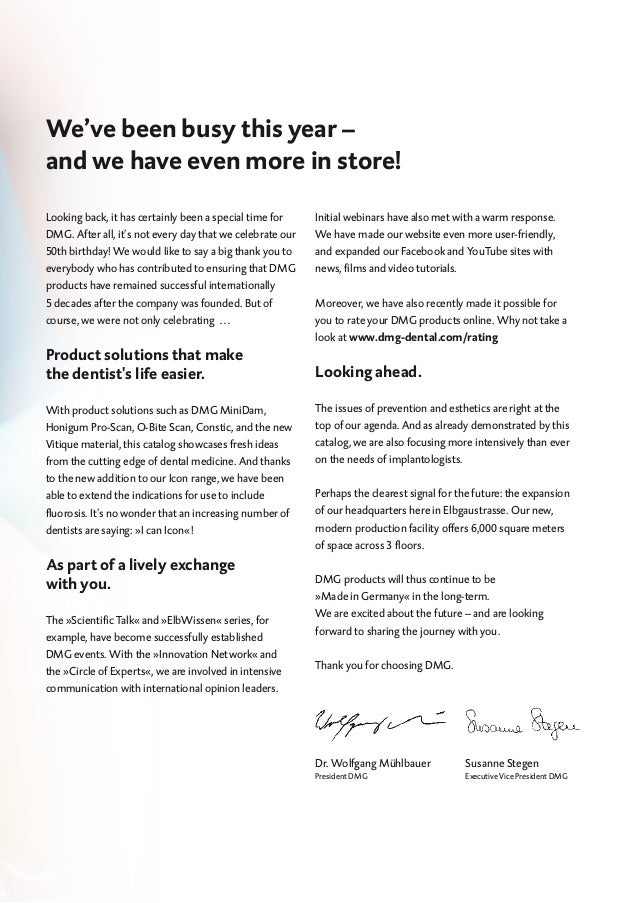


In dentistry specifically, it is understood as a reference technique for the study of polymerisation kinetics of dental materials, especially useful when coupled with Attenuated Total Reflectance (ATR) accessories, as recognized by the Academy of Dental Materials. It is a technique widely used for material characterization, namely organic materials such as polymers, with high applicability in many different fields. It is possible to conclude that the 1320 cm -1 peak is more adequate to assess polymerisation of methacrylates and is therefore recommended.įourier Transform Infra-Red Spectroscopy (FTIR) is able to quantify infra-red light absorbance and transmittance, resulting from changes in the dipole moment of bonds in molecules, which display vibrational patterns.

Within the same materials, methods were significantly different for Constic and Activa ( p<0.05). Significant differences in the materials were only detected when the 1320 cm -1 peak was used ( p<0.05). Across the different materials, D C % results are highly dependent upon peak selection ( p<0.001), with higher variability associated to the 1636 cm -1. Difference spectra of the polymerisation reaction showed noise interference around the 1500–1800 cm -1 region. Proportionality of methacrylate peak height to concentration was confirmed, with the 1320/1352 cm -1 peak combination showing the lowest coefficient of variation (8%). Inferential statistics included a MANOVA and within-subjects repeated measures ANOVA design (5% significance level). Peak differences and degrees of conversion (D C %) were calculated using 1320/1336, 648 cm -1 as reaction/reference peaks. Spectral changes upon light exposure of 2 mm discs of the restorative materials (irradiated for 20 s, LED curing unit 1100–1330 mW/cm 2) were assessed to study polymerisation kinetics ( n = 3), with continuous acquisition of spectra, before, during and after light exposure. Firstly, Attenuated Total Reflectance Fourier Transform Infra-Red (ATR-FTIR) (Spectrum One, Perkin-Elmer, UK) spectra of monomers were acquired-10-methacryloyloxy decyl dihydrogen phosphate (10-MDP), bisphenol-A glycidyl dimethacrylate (Bis-GMA), 2-hydroxyethyl methacrylate (HEMA), triethyelene glycol dimethacrylate (TEGDMA) and urethane dimethacrylate (UDMA) to investigate proportionality of methacrylate peak heights versus concentration. Three commercial restorative materials were tested–Vertise Flow (VF), Constic and Activa Bioactive Restorative Kids. Thus, the aim of this study is to experimentally confirm which method is less prone to systematic errors. However, peak selection methods to calculate monomer-polymer conversion can vary, consequently affecting final results. Investigation of polymerisation kinetics using ATR-FTIR systems is common in many dental studies.


 0 kommentar(er)
0 kommentar(er)
